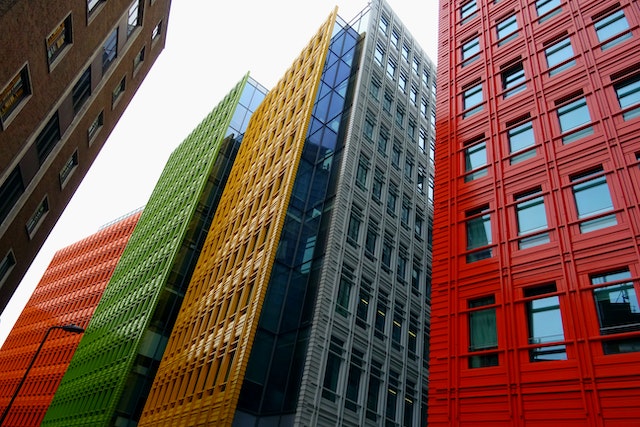8 Benefits of In-Person Meetings: Meeting in Person vs Online
September 5th, 2023
Meetings are an essential aspect of corporate culture. It’s estimated that the average office worker in the US spends a third of their time in meetings, and the figures are even higher for executives and senior staff.
The widespread adoption of online communication tools has transformed the way meetings take place, prompting a debate between the merits of in-person and virtual meetings. In this article, we examine the pros and cons of in-person vs. online meetings and discuss why face-to-face interactions continue to have value.
Online meetings: Pros and Cons
In a relatively short period of time, virtual meetings have become the norm in most office-based companies. Data from 2022 shows that in just two years, the amount of time spent in virtual meetings had increased from 14 hours per week to more than 21 hours per week, matching or even exceeding the time spent in face-to-face meetings. There are several advantages and disadvantages to this virtual meeting format.


 Office renovations can help create a more productive workplace and support a business’s branding strategy. However, these projects can have a significant impact on capital expenditure. Calculated per rentable square foot (RSF), fit-out and renovation costs went ranged from $90 to $220/RSF in 2019-20, depending on location, office size, cost of labor, and industry sector – since some businesses (such as tech companies) require fit-outs to higher and more costly specifications.
Office renovations can help create a more productive workplace and support a business’s branding strategy. However, these projects can have a significant impact on capital expenditure. Calculated per rentable square foot (RSF), fit-out and renovation costs went ranged from $90 to $220/RSF in 2019-20, depending on location, office size, cost of labor, and industry sector – since some businesses (such as tech companies) require fit-outs to higher and more costly specifications. The office can be a stressful place at times, particularly when deadlines are looming and clients are expecting results fast. These stresses can result in negativity, tension, anxiety, and an overwhelming sense of dread, feelings which can ultimately impact productivity and mental wellbeing. Companies across the globe have worked tirelessly to combat these workplace stresses, introducing comprehensive strategies to improve the wellbeing of their employees and cultivate a healthy working environment. Introducing pets into the workplace is one such plan that can, if implemented correctly, positively impact employees by improving morale, reducing stress, easing anxiety, and increasing job satisfaction.
The office can be a stressful place at times, particularly when deadlines are looming and clients are expecting results fast. These stresses can result in negativity, tension, anxiety, and an overwhelming sense of dread, feelings which can ultimately impact productivity and mental wellbeing. Companies across the globe have worked tirelessly to combat these workplace stresses, introducing comprehensive strategies to improve the wellbeing of their employees and cultivate a healthy working environment. Introducing pets into the workplace is one such plan that can, if implemented correctly, positively impact employees by improving morale, reducing stress, easing anxiety, and increasing job satisfaction. There are several types of office space in the USA. These properties are classified according to their quality standards and amenities, using the classification system developed by the
There are several types of office space in the USA. These properties are classified according to their quality standards and amenities, using the classification system developed by the  An updated version of this post can be found by
An updated version of this post can be found by  Los Angeles County is home to the nation’s second largest metropolitan area and to one of the world’s most powerful economies. The county is made up of 88 cities and has approximately 300,000 employers, which provide jobs to a workforce of nearly 5 million people.
Los Angeles County is home to the nation’s second largest metropolitan area and to one of the world’s most powerful economies. The county is made up of 88 cities and has approximately 300,000 employers, which provide jobs to a workforce of nearly 5 million people. The city of Venice is located on Florida’s west coast, approximately 20 miles south of Sarasota and 60 miles away from Fort Myers. Administratively, Venice is part of Sarasota County and has a permanent population of over 22,000 people, although this figure increases during the winter months, when many snowbirds move to the city temporarily.
The city of Venice is located on Florida’s west coast, approximately 20 miles south of Sarasota and 60 miles away from Fort Myers. Administratively, Venice is part of Sarasota County and has a permanent population of over 22,000 people, although this figure increases during the winter months, when many snowbirds move to the city temporarily.